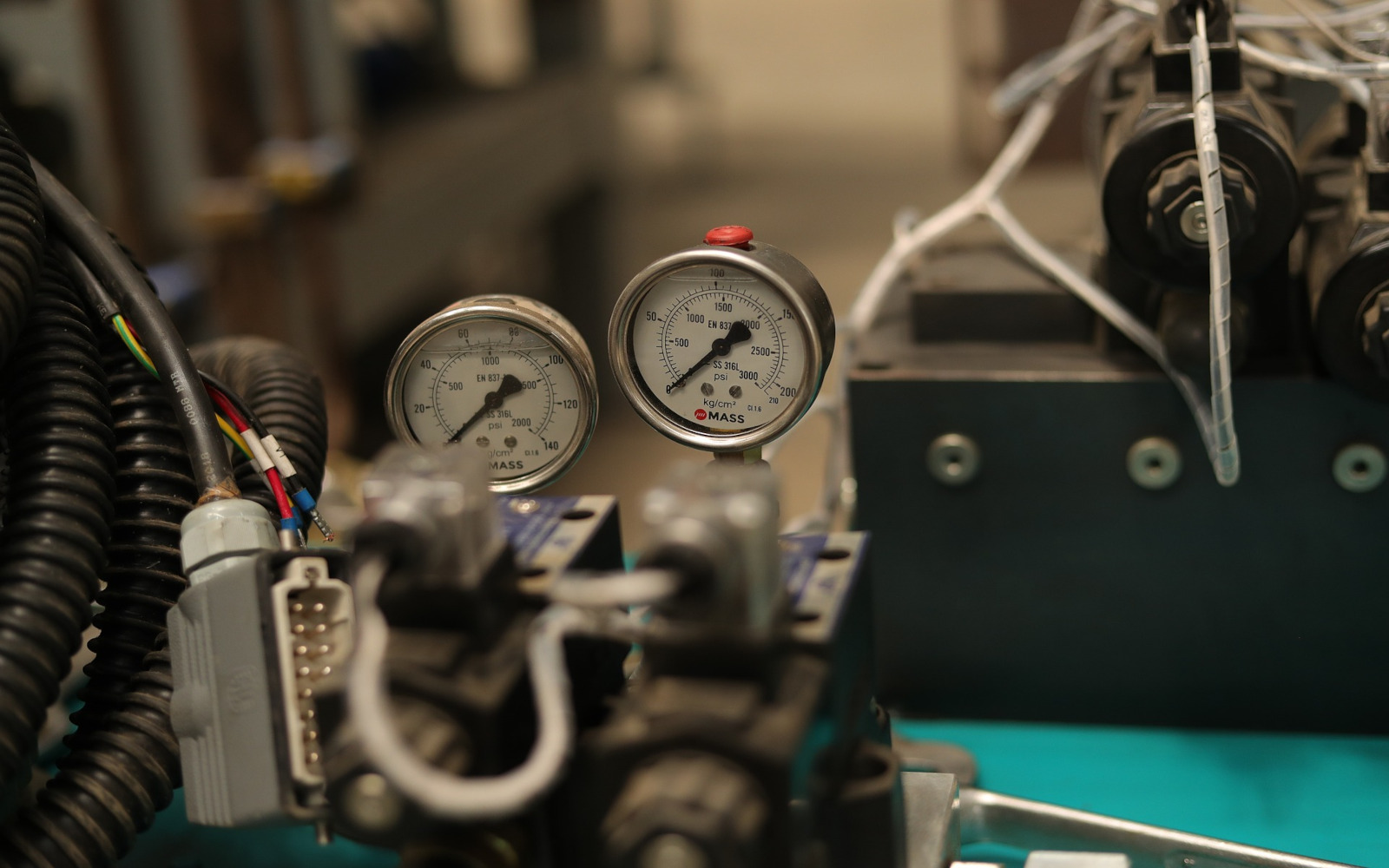In industrial settings, particularly in manufacturing and various production environments, the safety and well-being of personnel and property are paramount. One critical aspect of maintaining safety in these environments is the accurate detection and monitoring of flammable gases. This article focuses on the concept of the Lower Explosive Limit (LEL), explaining what it is, why it is crucial, and how it is measured and monitored.
What is LEL?
The Lower Explosive Limit (LEL) refers to the lowest concentration of a gas or vapor in the air that can ignite and cause an explosion. For most flammable gases, the LEL is typically less than 5% by volume. This means that even a small concentration of gas mixed with air can pose a significant explosion risk if an ignition source is present.
The concept of LEL is closely related to the Upper Explosive Limit (UEL), which is the maximum concentration of gas that can combust in the air. Between the LEL and UEL, the gas mixture is within the flammable range, capable of ignition under the right conditions. Outside this range, the mixture is either too lean (below LEL) or too rich (above UEL) to ignite.
Importance of Monitoring LEL
In industries that handle flammable gases, such as chemical manufacturing, oil and gas, and pharmaceuticals, monitoring LEL levels is crucial for preventing accidents. Safety managers, industrial hygienists, and plant managers must ensure that gas concentrations remain below dangerous levels. LEL gas detectors play a vital role in this process, providing early warnings when gas levels approach hazardous concentrations.
For instance, gas detection systems are typically programmed to trigger alarms when the gas concentration reaches a certain percentage of the LEL. Commonly, the first alarm is set at 20% of the LEL, while subsequent alarms may trigger at 40% or higher. This allows sufficient time for safety measures, such as ventilation or evacuation, to be implemented before the situation becomes critical.
How LEL is Measured
LEL is measured as a percentage of gas volume in the air. Gas detectors use various technologies to measure these concentrations accurately. One common method is through catalytic bead sensors, which detect gas concentrations via catalytic oxidation. The sensor heats a combustible gas, increasing its temperature. This change in temperature is then compared to a reference bead, which remains unchanged. The difference in temperatures helps determine the gas concentration.
Modern LEL detectors are equipped with advanced features like data logging, sensor life indication, and the ability to perform remote calibrations. These features enhance the reliability and accuracy of the detectors, ensuring continuous monitoring and safety.
Case Study: The Importance of LEL Monitoring
In a recent incident at a chemical plant, a malfunction in a storage tank led to a leak of hydrogen gas. The plant’s LEL gas detection system, which included Interscan’sAccusafe detectors, detected the increasing gas levels and triggered alarms at 20% and 40% LEL. The early warning allowed the safety team to initiate emergency protocols, shutting off the gas supply and ventilating the area. The incident underscored the importance of reliable LEL detection systems in preventing potentially catastrophic explosions.
Lesser-Known Facts About LEL
While many are familiar with the basics of LEL, there are some lesser-known aspects that are equally important:
- Variability Across Standards: LEL values can vary slightly depending on the standards used. For instance, the ISO10156 standard lists LELs for gases in a static state, while the IEC60079 standard considers gases in motion, resulting in slightly lower LELs in some cases.
- Effect of Gas Movement: Gases can be more flammable when in motion due to better mixing with air. This is an important consideration in environments with moving air or gas flows.
- Calibration and Maintenance: Regular calibration of LEL detectors is crucial for accurate readings. Over time, sensor sensitivity can drift, affecting the reliability of the data. Modern detectors often feature automatic calibration and self-testing functions to maintain accuracy.
Chart of LEL Levels for Common Gases
| Gas | LEL (% by volume) |
|---|---|
| Acetone | 2.5% |
| Acetylene | 2.5% |
| Ammonia | 15% |
| Benzene | 1.2% |
| Butane | 1.9% |
| Carbon Monoxide | 12.5% |
| Ethanol | 3.3% |
| Hydrogen | 4.0% |
| Methane | 5.0% |
| Propane | 2.1% |
Conclusion
Understanding and monitoring LEL levels is a cornerstone of industrial safety. Accurate detection of combustible gases prevents accidents and ensures the well-being of workers and equipment. Companies must invest in reliable LEL detection systems, like the Accusafe or GasD 8000 by Interscan, to maintain safe working conditions.
If you’re looking for a reliable LEL detection system tailored to your specific needs, request a quote from Interscan. Their expert team can help design a customized solution to safeguard your environment and ensure compliance with safety standards.


